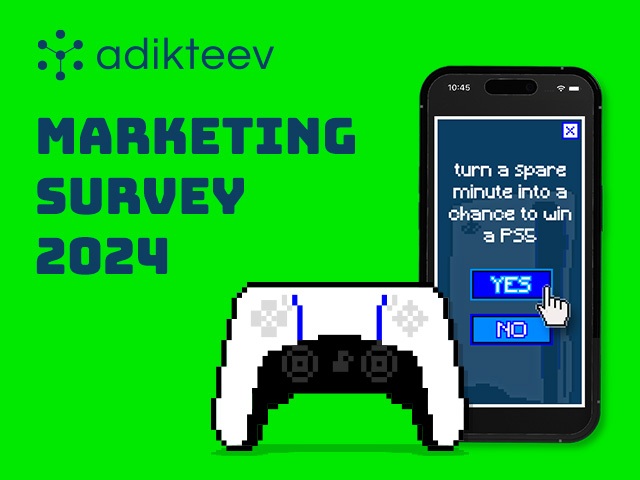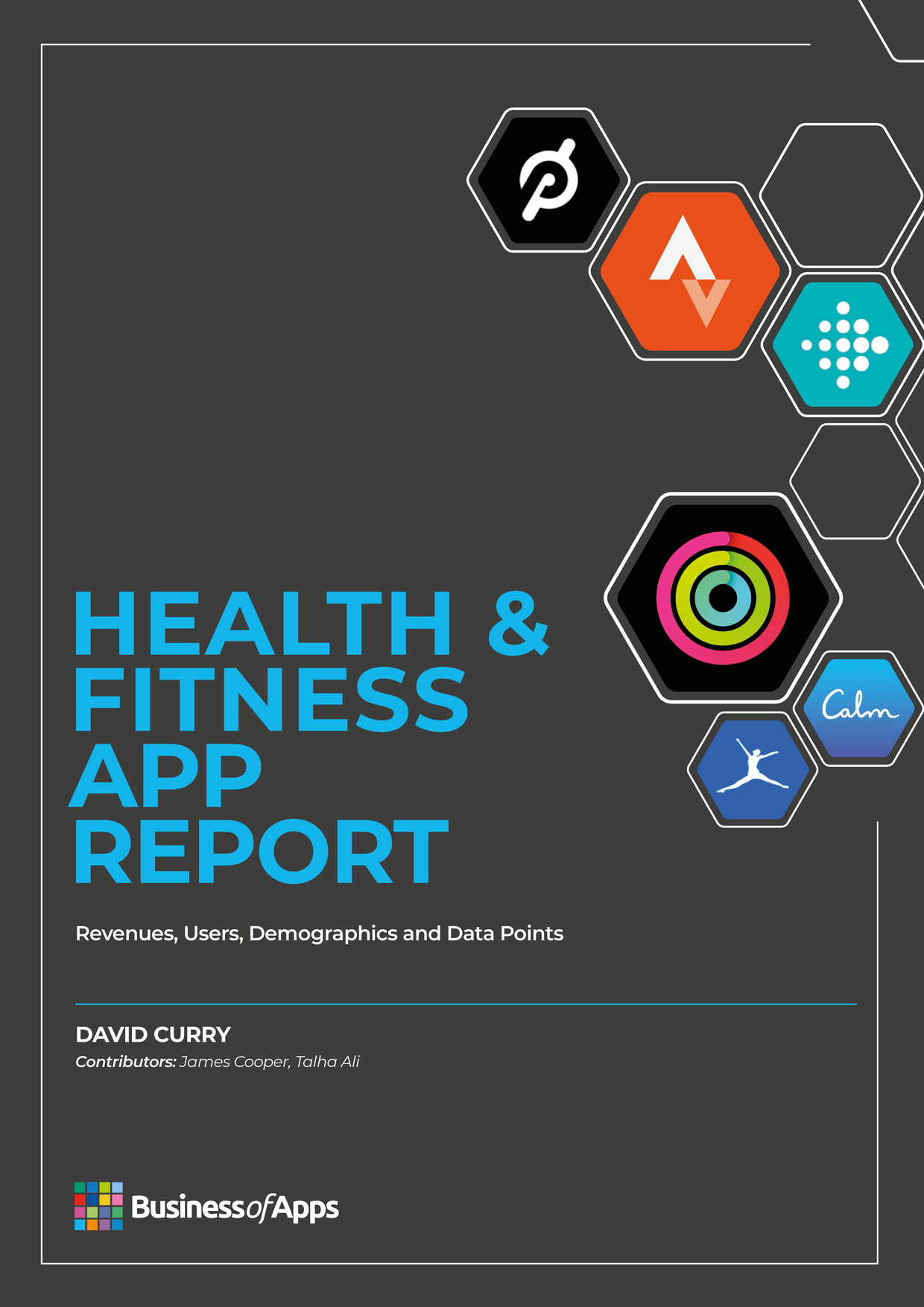Keeping track of your health is, for many people, a continuous task. Monitoring what you eat, how often you exercise and how much water you drink can be time-consuming. Seeing a market there, apps began to appear and there are now tens of thousands of apps covering diet and exercise, reproductive health, water consumption, heart health and other health concerns.
The cost of gym memberships is prohibitive for some, and the flexibility offered by apps desirable. Google searches relating to weight loss spike around the first of January each year as people get started on New Year’s resolutions.
Around summertime, users are more likely to take a break from health goals, and so the process repeats itself. Weight loss apps grew in popularity following coronavirus-related restrictions, with many people gaining weight as a result of reduced activity, a lack of access to gyms and stress.
Although some weight loss apps advertise themselves as providing personalised diet and fitness programmes, there is a limit to how much computerised plans can take into account individual circumstances, such as underlying health conditions, work and family requirements, financial considerations and mental health.
In a tightly packed field, some businesses have attempted to incorporate additional features to stand out from the crowd. Fastic combines elements found in other weight loss apps with a programme of intermittent fasting.
Other apps focus less on weight loss and more about health and behavioural change – Waterlogged specifically aims to increase users’ water consumption by setting goals and reminders.
Wearable health technology has evolved significantly since the launch of tracking sensors, which were dominated by Fitbit before smartwatches began to command the market. Fitness trackers evolved with the addition of sensors to track heart-rates, temperature, sleep, menstrual cycles and other health information. However, the broader appeal of smartwatches – which can make payments, access social media, open maps and track health – has overtaken the focused fitness trackers.
We have collected data and statistics on the health app sector. Read on below to find out more.
Key Health App Statistics
- The health app industry generated $3.43 billion in 2023, a 9.9% increase on the previous year
- Noom generated the most revenue in 2023 at $500 million, followed by WeightWatchers digital subscriptions
- There were 311 million health app users in 2023
- Health apps were downloaded a total of 379 million times in 2023
Health & Fitness App Report 2024
Want to learn more about the health & fitness app industry? In our Health & Fitness App report, we cover financials, usage, downloads, and demographics by age and gender, alongside market share, engagement, and benchmarks.
Top Health Apps
| App Name | Description | |
|---|---|---|
| https://www.apple.com/ios/health/ | Apple Health | Apple Health collects health information from iPhones, Apple Watches and other devices, sets medication reminders and organises health records |
| https://www.businessofapps.com/data/myfitnesspal-statistics/ | MyFitnessPal | MyFitnessPal contains a database of food items with nutritional values and a fitness segment |
| https://www.businessofapps.com/data/fitbit-statistics/ | Fitbit | Fitness tracker Fitbit includes sensors to track heart-rate, Electrodermal Activity, temperature, sleep and menstrual cycles |
| https://betterme.world/ | BetterMe | BetterMe markets itself as a healthy lifestyle programme without extreme weight loss, focusing on wellbeing |
| https://noom.com | Noom | Weight management business Noom has extended into behaviour change programmes for chronic and non-chronic health conditions |
| https://www.loseit.com/ | Lose It! | Lose It! tracks food and water intake for users to meet diet goals and lose weight |
| https://www.weightwatchers.com/us/ | WeightWatchers | Weight loss programme WeightWatchers converts nutritional information into a points system to track calorie intake |
| https://flo.health/ | Flo | Flo is the most popular ovulation and period tracker, fertility calendar and pregnancy assistant app |
| waterlogged.com | Waterlogged | Water tracking app Waterlogged allows users to set goals on their water consumption and receive reminders to drink |
| https://fastic.com/ | Fastic | Fastic promotes weight loss through a programme of intermittent fasting, mindfulness, improved nutrition and sleep |
Health App Revenue
Revenue from health apps reached $3.4 billion in 2023, with total revenue increasing rapidly since the pandemic.
Health app annual revenue 2016 to 2023 ($bn)
Health Revenue by App
Noom generated the most revenue in 2023, with its expensive monthly subscription and weight-loss drug services.
Health revenue by app 2023 ($mm)
Health App Usage
There were over 300 million people that used health apps in 2023, a small decline on the 355 million that used them in 2021.
Health app annual users 2015 to 2023 (mm)
Health App Market Share
MyFitnessPal is the most popular health app on both iOS and Android, with over 40% market share.
Health app market share 2023 (%)
Health App Downloads
There were over 375 million downloads of health apps in 2023, a slight improvement on 2022.
Health app annual downloads 2018 to 2023 (mm)
More Health & Fitness App Data
- Peloton Revenue and Usage Statistics (2024)
- Calm Revenue and Usage Statistics (2024)
- MyFitnessPal Revenue and Usage Statistics (2024)
- Fitness App Revenue and Usage Statistics (2024)
- Strava Revenue and Usage Statistics (2024)
- Fitbit Revenue and Usage Statistics (2024)
- Headspace Revenue and Usage Statistics (2024)
- Wellness App Revenue and Usage Statistics (2024)



